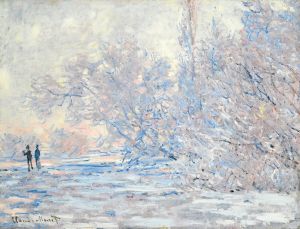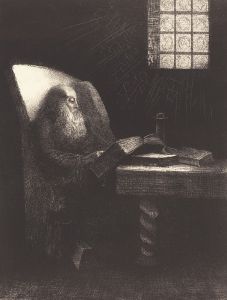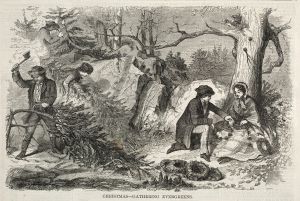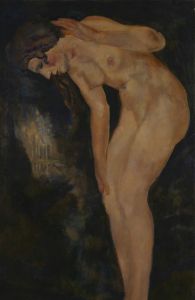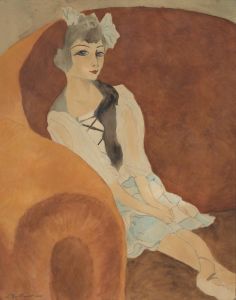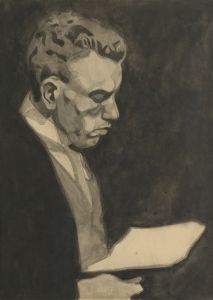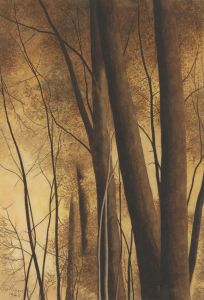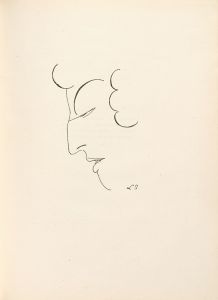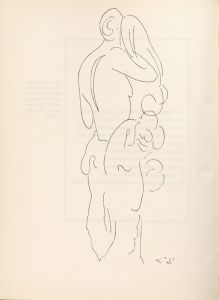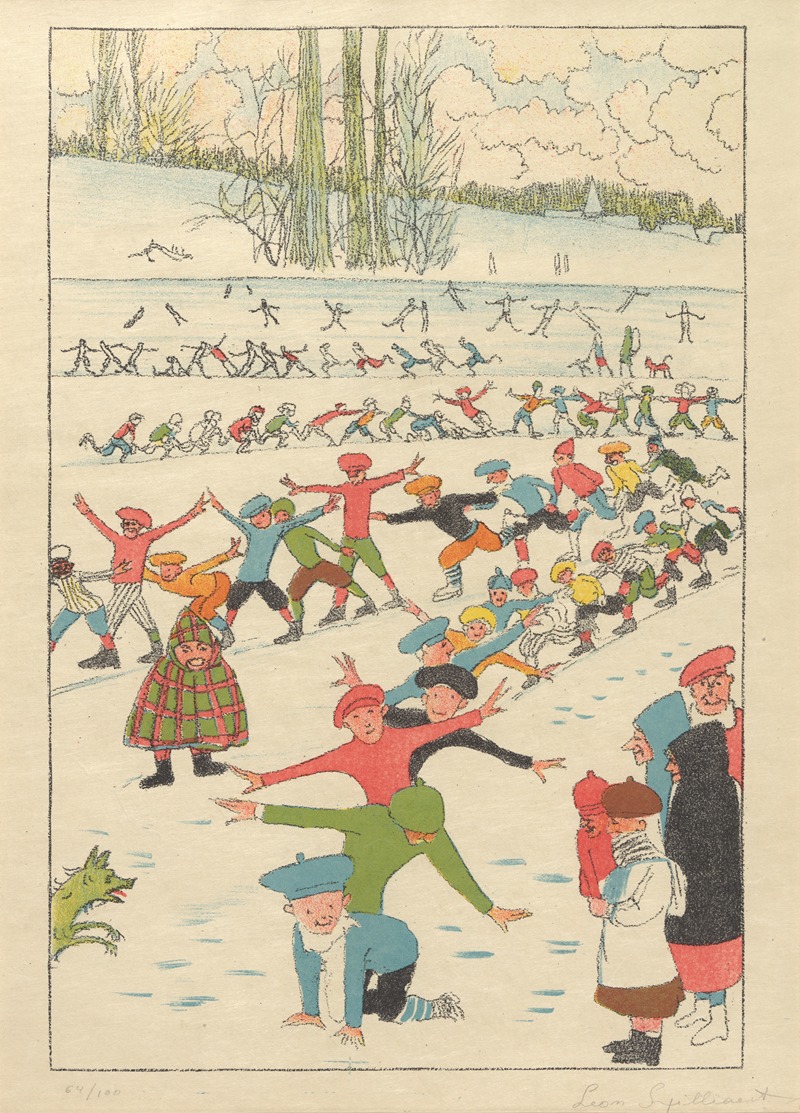
Les plaisirs de la glissoire
A hand-painted replica of Léon Spilliaert’s masterpiece Les plaisirs de la glissoire, meticulously crafted by professional artists to capture the true essence of the original. Each piece is created with museum-quality canvas and rare mineral pigments, carefully painted by experienced artists with delicate brushstrokes and rich, layered colors to perfectly recreate the texture of the original artwork. Unlike machine-printed reproductions, this hand-painted version brings the painting to life, infused with the artist’s emotions and skill in every stroke. Whether for personal collection or home decoration, it instantly elevates the artistic atmosphere of any space.
Léon Spilliaert (1881–1946) was a Belgian symbolist painter and graphic artist known for his unique style that often captured the moodiness and introspective nature of his subjects. His works are characterized by their atmospheric quality, use of light and shadow, and often a sense of solitude or contemplation. One of his notable works is "Les plaisirs de la glissoire" (translated as "The Pleasures of the Slide"), which reflects his distinctive approach to art.
"Les plaisirs de la glissoire" is a painting that exemplifies Spilliaert's fascination with the interplay of light and shadow, as well as his interest in capturing the ephemeral moments of everyday life. While specific details about the painting's creation, such as the exact year it was painted, are not widely documented, it is known that Spilliaert was active during the early 20th century, a period when he produced many of his most significant works.
Spilliaert's art often explores themes of solitude, introspection, and the passage of time, and "Les plaisirs de la glissoire" is no exception. The painting likely depicts a scene involving a slide, which can be interpreted as a metaphor for the fleeting joys and simple pleasures of life. This aligns with Spilliaert's broader artistic vision, which frequently delves into the psychological and emotional landscapes of his subjects.
The composition of "Les plaisirs de la glissoire" would typically feature Spilliaert's signature use of muted colors and stark contrasts, creating a dreamlike or surreal atmosphere. His technique often involved the use of watercolor, gouache, and ink, which allowed him to achieve delicate gradations of tone and a sense of depth and movement. This approach contributes to the ethereal quality of his work, inviting viewers to engage with the painting on an emotional and intellectual level.
Spilliaert's work, including "Les plaisirs de la glissoire," is often associated with the Symbolist movement, which sought to express the underlying emotions and ideas beyond the literal representation of subjects. His paintings are imbued with a sense of mystery and often evoke a contemplative mood, encouraging viewers to reflect on their own experiences and emotions.
Throughout his career, Spilliaert was influenced by various artistic movements and figures, including the works of James Ensor and the broader Symbolist and Art Nouveau movements. However, he maintained a distinct style that set him apart from his contemporaries, characterized by his introspective subject matter and innovative use of materials.
Today, Léon Spilliaert is recognized as a significant figure in Belgian art history, and his works, including "Les plaisirs de la glissoire," continue to be studied and appreciated for their unique contribution to the Symbolist movement. His paintings are held in various public and private collections, and exhibitions of his work have been organized to celebrate his artistic legacy.
In summary, "Les plaisirs de la glissoire" by Léon Spilliaert is a testament to the artist's ability to capture the ephemeral and introspective moments of life through his distinctive style. While specific details about the painting may be limited, its thematic and stylistic elements reflect Spilliaert's broader artistic vision and his place within the Symbolist movement.





